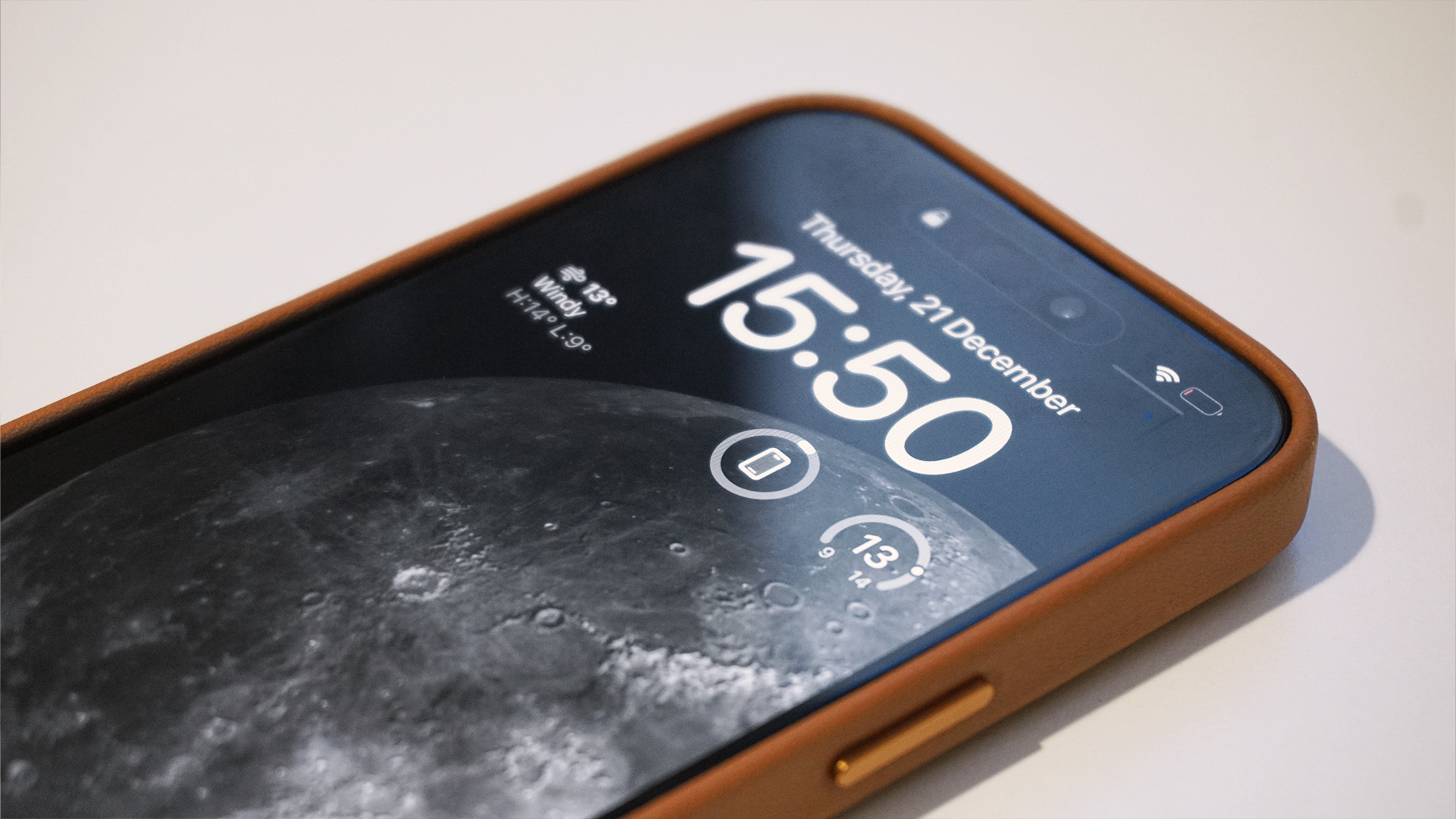- Ookla has tested the Wi-Fi performance of several flagship phones
- The iPhone 17 range has performed especially well
- This is largely due to its new N1 Wi-Fi chip, says Ookla
Before Apple moved its best iPhones to its new in-house N1 wireless chip, the benefits weren’t exactly clear and you would have been forgiven for being concerned about the move. However, according to a new study from networking specialists Ookla, those fears appear to have been unfounded, and that’s great news for iPhone fans.
The Ookla report claims that the N1 chip offers “material performance improvements over its predecessors, putting it ahead of many flagship Android devices on Wi-Fi.” It reached this conclusion by measuring its own “global crowdsourced Speedtest Intelligence data from the six weeks after the iPhone 17 family of devices arrived in stores.”
The results speak for themselves. Compared to the iPhone 16 range (equipped with Wi-Fi chips made by Broadcom), the iPhone 17 series with N1 chip offers up to 40% faster upload and download speeds. If Wi-Fi speed is a top consideration for you when upgrading your phone, that alone could be a deal-breaker.
The N1 chip offered other generational improvements. When comparing the 10th percentile, that is, the lowest 10% of all results, between the iPhone 16 and iPhone 17 ranges, the latter saw impressive progress. In Ookla’s words, that means “Apple’s custom silicon lifts the floor more than the ceiling” and should ensure better base speeds are achieved in many scenarios. In particularly challenging Wi-Fi situations, the N1’s 10th percentile speeds were up to 60% faster than the iPhone 16’s list.
Climbing to the top

The findings are interesting because, on paper, the N1 chip doesn’t offer much of a spec advantage over the Wi-Fi chip in the iPhone 16 line. Both feature Wi-Fi 7 and Apple’s second-generation Ultra Wideband chip, and while the N1 uses Bluetooth 6 instead of its predecessor’s Bluetooth 5.3, the difference may not be stark. That might have led some people to assume that Apple’s latest iPhones wouldn’t offer much in the way of a Wi-Fi upgrade and could struggle with many of the best Android phones.
However, Ookla doesn’t think that’s the case. Compared to the Android market, the iPhone’s N1 chip performed exceptionally well, achieving the highest 10th percentile score with a speed of 56.08 Mbps, suggesting it’s a good choice if you know your Wi-Fi will be spotty.
On paper, the N1 might seem hampered by its channel width, which is capped at 160MHz compared to 320MHz on some Android devices. But Ookla says this “doesn’t materially affect real-world performance for most people,” potentially because few people are using 320MHz-capable routers right now.
In terms of numbers, the iPhone 17 range achieved the highest average download speeds in North America, with a score of 416.14 Mbps, putting it slightly ahead of the Google Pixel 10 Pro’s 411.21 Mbps.
However, globally, the Pixel 10 Pro gets the edge, achieving average download speeds of 335.33 Mbps versus the iPhone 17 range’s 329.56 Mbps. When it comes to upload speeds, the Xiaomi 15T Pro was the clear winner, with a global average upload speed of 129.22 Mbps, comfortably beating the iPhone 17’s 103.26 Mbps and 94.58 Mbps. Pixel 10 Pro Mbps.
It is evident, however, that the iPhone’s N1 chip is not far behind. If you’ve been put off by concerns about the Wi-Fi performance of the iPhone 17 range now that it has a new Wi-Fi chip, there’s no need to worry. It looks like it offers a major improvement over the iPhone 16 and has moved closer to the top of the pack compared to the Android competition. Not bad for a first outing.
Follow TechRadar on Google News and add us as a preferred source to receive news, reviews and opinions from our experts in your feeds. Be sure to click the Follow button!
And of course you can also follow TechRadar on TikTok for news, reviews, unboxings in video form and receive regular updates from us on WhatsApp also.



